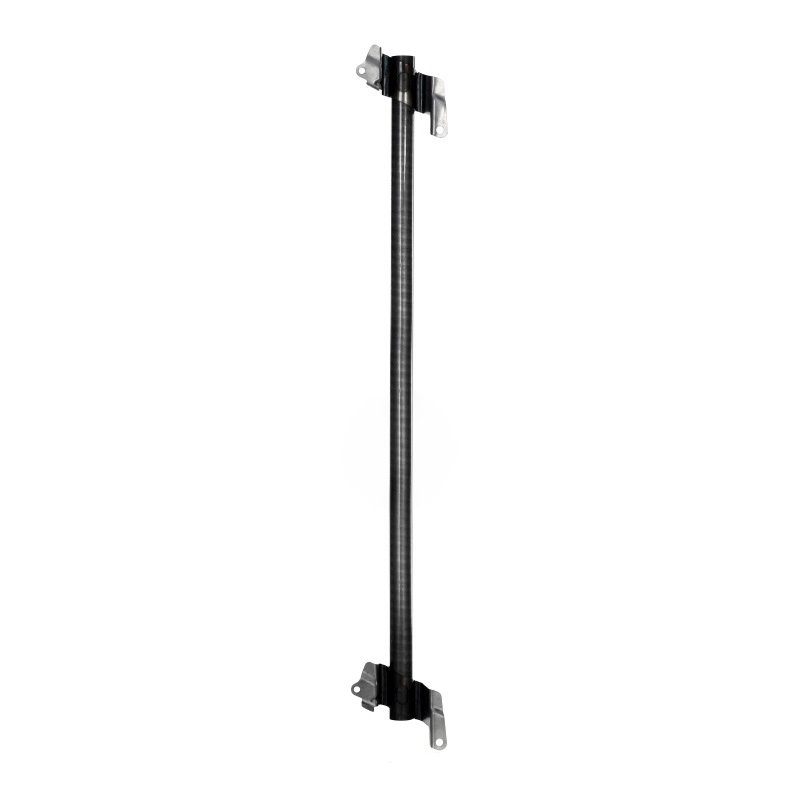Automotive Air Conditioning Parts for Enhanced Vehicle Comfort and Performance
Nov . 26, 2024 21:45
Understanding Automotive A/C Parts Essential Components for Vehicle Climate Control
In the world of automobiles, the air conditioning (A/C) system is a vital component that ensures passenger comfort and maintains an enjoyable driving environment. The efficiency of an A/C system relies on several critical parts, each playing a specific role in cooling the air and regulating temperature effectively. This article delves into the primary automotive A/C parts and their functions, providing insights into how these components work together to deliver cool, crisp air into the vehicle’s cabin.
The Basics of Air Conditioning Systems
An air conditioning system in a vehicle operates on a refrigerant cycle that converts low-pressure gas into high-pressure gas and ultimately into liquid form, which absorbs heat from the cabin air. The efficiency and reliability of this process depend heavily on the condition and functioning of various components.
Key Components of the Automotive A/C System
1. Compressor Often referred to as the heart of the A/C system, the compressor is responsible for compressing refrigerant and circulating it throughout the system. It increases the pressure and temperature of the refrigerant as it transitions from a low-pressure gas to a high-pressure gas. The drive belt usually powers the compressor, connecting it to the engine.
2. Condenser After the compressor, the high-pressure gas enters the condenser, typically located at the front of the vehicle near the radiator. The condenser cools the gas by exchanging heat with the outside air, causing the refrigerant to condense into a high-pressure liquid. A properly functioning condenser is crucial for maintaining system efficiency.
3. Receiver/Drier The receiver/drier serves a dual purpose. First, it acts as a storage container for the refrigerant and, second, it removes any moisture from the system. Moisture can lead to corrosion and system failure, so this component is critical in maintaining the longevity of the A/C system. The receiver/drier also filters out debris, ensuring only clean refrigerant circulates through the system.
4. Expansion Valve The expansion valve controls the flow of refrigerant into the evaporator. It reduces the pressure of the refrigerant, allowing it to expand and cool down before entering the evaporator. This process is vital for creating the low-pressure area necessary for the evaporator to absorb heat from the cabin air.
automotive a c parts
5. Evaporator Located inside the vehicle, the evaporator is where the magic happens. As the refrigerant enters as a low-pressure liquid, it absorbs heat from the cabin air, which is blown over the evaporator coils by the A/C blower fan. This heat exchange process cools the air, thus providing refreshing relief from the summer heat.
6. Blower Motor The blower motor is responsible for pushing air through the A/C system. It draws air over the evaporator coils and into the vehicle’s cabin. The speed and efficiency of the blower motor significantly impact the effectiveness of the A/C system in maintaining a comfortable temperature.
7. Hoses and Fittings Various hoses and fittings connect the components of the A/C system, allowing the refrigerant to flow seamlessly between them. These parts must be durable and leak-proof to maintain ideal operation and prevent refrigerant loss, which can compromise system performance.
Maintenance and Troubleshooting
Regular maintenance is essential for the longevity of the automotive A/C system. Common issues, such as poor cooling, strange noises, or unpleasant odors, often indicate malfunctioning components. Routine inspections can help identify worn or damaged parts before they lead to more severe problems.
Mechanics often recommend servicing the A/C system at least once a year, which includes checking refrigerant levels, inspecting hoses for leaks, and cleaning or replacing the cabin air filter to ensure optimal airflow.
Conclusion
The A/C system in an automobile is a complex integration of multiple components that work in harmony to provide comfort and climate control for drivers and passengers alike. Understanding the roles of each part—such as the compressor, condenser, and evaporator—can help vehicle owners appreciate the engineering involved. With proper maintenance, drivers can ensure their A/C systems remain efficient, providing relief from hot weather, thereby enhancing the overall driving experience.
 Afrikaans
Afrikaans  Albanian
Albanian  Amharic
Amharic  Arabic
Arabic  Armenian
Armenian  Azerbaijani
Azerbaijani  Basque
Basque  Belarusian
Belarusian  Bengali
Bengali  Bosnian
Bosnian  Bulgarian
Bulgarian  Catalan
Catalan  Cebuano
Cebuano  Corsican
Corsican  Croatian
Croatian  Czech
Czech  Danish
Danish  Dutch
Dutch  English
English  Esperanto
Esperanto  Estonian
Estonian  Finnish
Finnish  French
French  Frisian
Frisian  Galician
Galician  Georgian
Georgian  German
German  Greek
Greek  Gujarati
Gujarati  Haitian Creole
Haitian Creole  hausa
hausa  hawaiian
hawaiian  Hebrew
Hebrew  Hindi
Hindi  Miao
Miao  Hungarian
Hungarian  Icelandic
Icelandic  igbo
igbo  Indonesian
Indonesian  irish
irish  Italian
Italian  Japanese
Japanese  Javanese
Javanese  Kannada
Kannada  kazakh
kazakh  Khmer
Khmer  Rwandese
Rwandese  Korean
Korean  Kurdish
Kurdish  Kyrgyz
Kyrgyz  Lao
Lao  Latin
Latin  Latvian
Latvian  Lithuanian
Lithuanian  Luxembourgish
Luxembourgish  Macedonian
Macedonian  Malgashi
Malgashi  Malay
Malay  Malayalam
Malayalam  Maltese
Maltese  Maori
Maori  Marathi
Marathi  Mongolian
Mongolian  Myanmar
Myanmar  Nepali
Nepali  Norwegian
Norwegian  Norwegian
Norwegian  Occitan
Occitan  Pashto
Pashto  Persian
Persian  Polish
Polish  Portuguese
Portuguese  Punjabi
Punjabi  Romanian
Romanian  Samoan
Samoan  Scottish Gaelic
Scottish Gaelic  Serbian
Serbian  Sesotho
Sesotho  Shona
Shona  Sindhi
Sindhi  Sinhala
Sinhala  Slovak
Slovak  Slovenian
Slovenian  Somali
Somali  Spanish
Spanish  Sundanese
Sundanese  Swahili
Swahili  Swedish
Swedish  Tagalog
Tagalog  Tajik
Tajik  Tamil
Tamil  Tatar
Tatar  Telugu
Telugu  Thai
Thai  Turkish
Turkish  Turkmen
Turkmen  Ukrainian
Ukrainian  Urdu
Urdu  Uighur
Uighur  Uzbek
Uzbek  Vietnamese
Vietnamese  Welsh
Welsh  Bantu
Bantu  Yiddish
Yiddish  Yoruba
Yoruba  Zulu
Zulu 












